Stillbirths
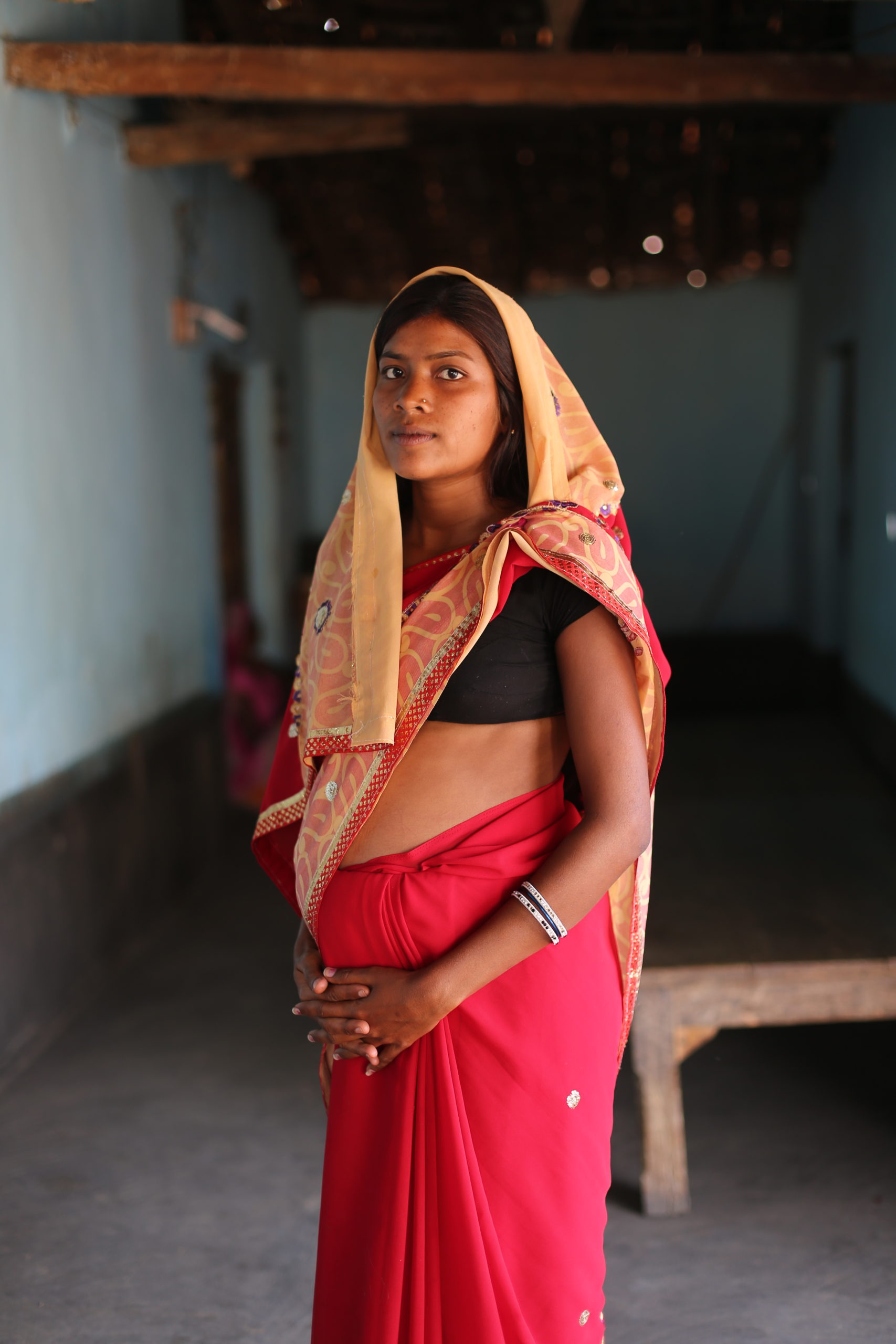
Around 2 million stillbirths – babies born with no sign of life at 28 weeks of pregnancy or later – occurred worldwide in 2019. Many of these might have been prevented with proper care. According to the latest data, the global stillbirth rate last year was 13.9 stillbirths per 1,000 total births. This equates to 1 in 72 total births resulting in a stillborn baby, or one every 16 seconds. Still, this number may be an underestimate, as stillbirths are often underreported.
Women in sub-Saharan Africa and South Asia bear the greatest burden of stillbirths in the world. More than three-quarters of estimated stillbirths in 2019 occurred in these two regions, with 44 per cent of the global total in sub-Saharan Africa and 33 per cent in South Asia. In sub-Saharan Africa, the estimated stillbirth rate of 21.7 stillbirths per 1,000 total births was seven times higher than the lowest regional average stillbirth rate of 2.9 found in the Western Europe. South Asia had the second highest stillbirth rate, at 18.2 stillbirths per 1,000 total births.
The burden of stillbirths is not distributed evenly across countries. In 2019, stillbirth rates ranged from 1.4 stillbirths per 1,000 total births to 32.2 stillbirths per 1,000 total births. The risk of a stillbirth in the country with the highest stillbirth rate was about 23 times higher than the country with the lowest rate. Of the 27 countries where an estimated rate above 20 was observed, the majority (23) are in sub-Saharan Africa and the remaining four in South Asia or Middle East and Northern Africa. Comparatively, for 21 countries – mainly in Europe – the estimated stillbirth rate was below 2.5 stillbirths per 1,000 total births. This wide gap between countries within and across regions indicates the great potential to reduce preventable stillbirths.
Most stillbirths are preventable, so long as proven interventions that improve the health of mothers and their babies along the continuum of care are available and accessed. Globally, in 2019, an estimated 42 per cent of all stillbirths were intrapartum (i.e., the baby died during labour). Almost all of these 832,000 stillborn deaths could have been prevented with access to high-quality care during childbirth, including ongoing intrapartum monitoring and timely intervention in case of complications. Around half of all stillbirths in West and Central Africa, Eastern and Southern Africa and South Asia are intrapartum, compared to 6 per cent in Western Europe and Northern America. Overall, an estimated 745,000 babies died during labour in 2019 in sub-Saharan Africa and South Asia, accounting for 89 per cent of all intrapartum stillbirths worldwide. Intrapartum stillbirth is a sensitive marker of timeliness and quality of intrapartum care. Actions are urgently needed in the two regions to provide critical interventions to save lives.
Globally, some progress was made in reducing the stillbirth rate over the past two decades, which declined from 21.4 stillbirths per 1,000 total births in 2000 to 13.9 in 2019 – a reduction of 35 per cent. The total number of stillbirths declined by 32 per cent, from 2.9 million in 2000 to 2.0 million in 2019. Notably, these declines have not kept pace with progress in under-five mortality. In many sub-Saharan African countries, the number of stillbirths stagnated or even increased, as population growth outpaced decreases in the stillbirth rate.
Without urgent action, millions of families will experience the tragic stillbirth of a baby in the next decade. If the stillbirth rate for each country stays at the 2019 level, 22.1 million babies will be stillborn between now and 2030. Even more babies could be stillborn if investment is paused and stillbirth rates increase. If the world sustains the progress made in the past two decades through 2030, 2.6 million more babies will live. The second scenario promises a better world for women and children, but one that still involves the loss of 19.5 stillborn babies from 2020 to 2030. Ambitiously, if each country’s stillbirth rate reached or fell below the current average rate in high-income countries (3.0 stillbirths per 1,000 total births) by 2030, an additional 6.6 million lives could be saved.
Stillbirths
Build and download your own customisable dataset
Resources
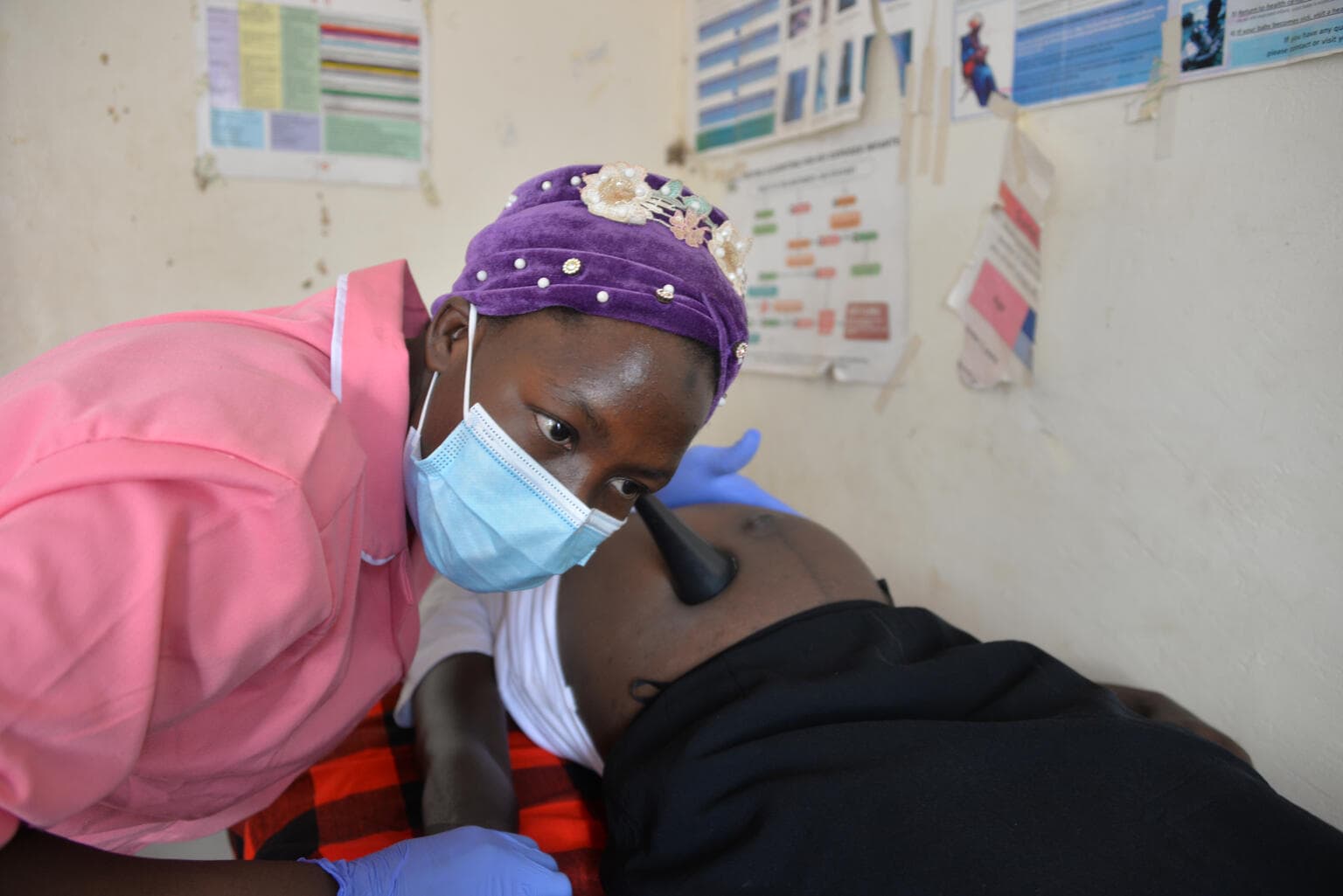
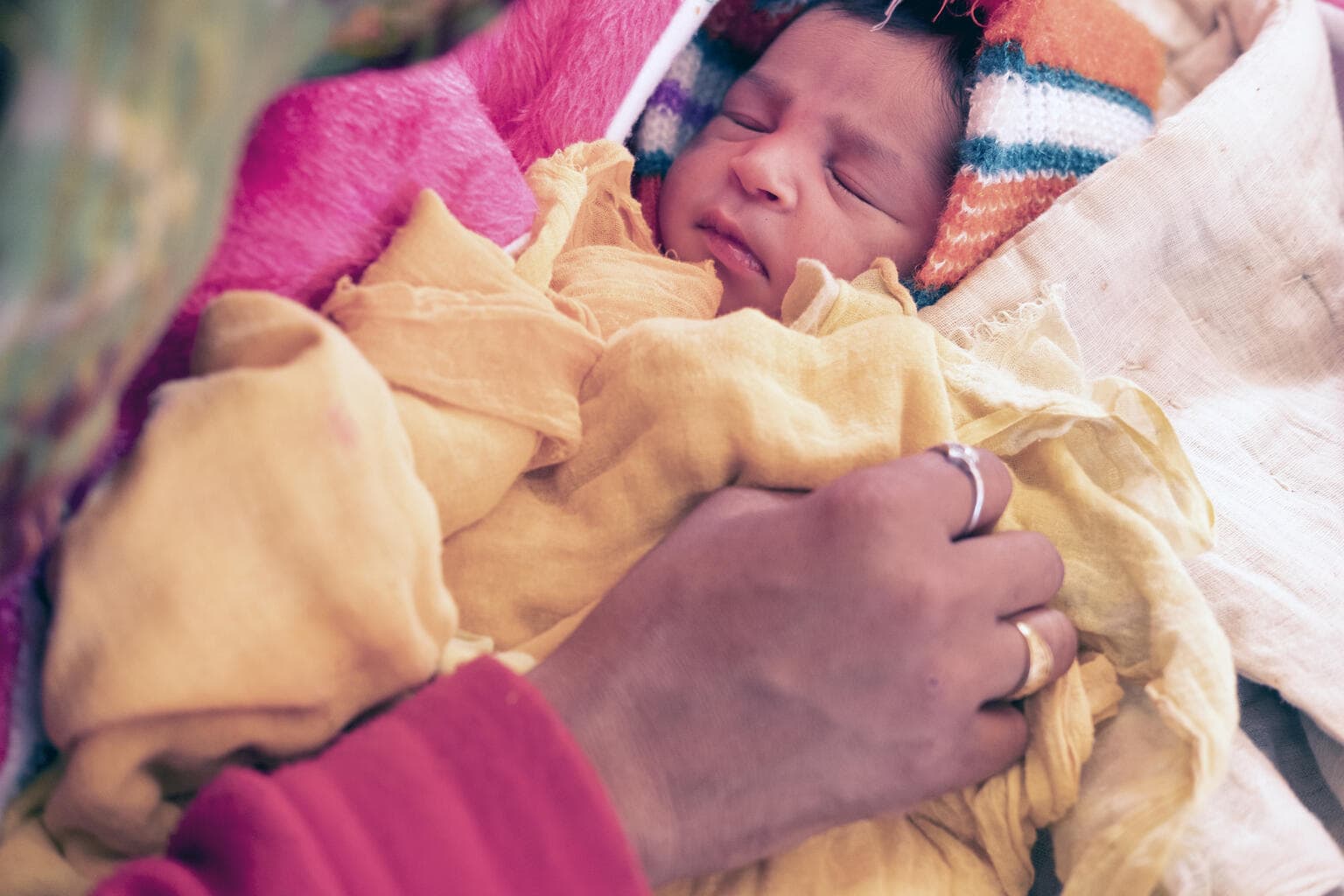
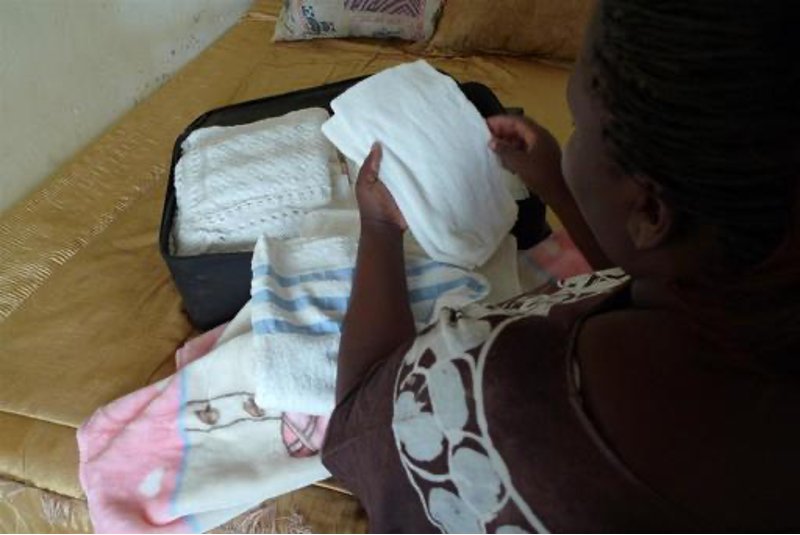
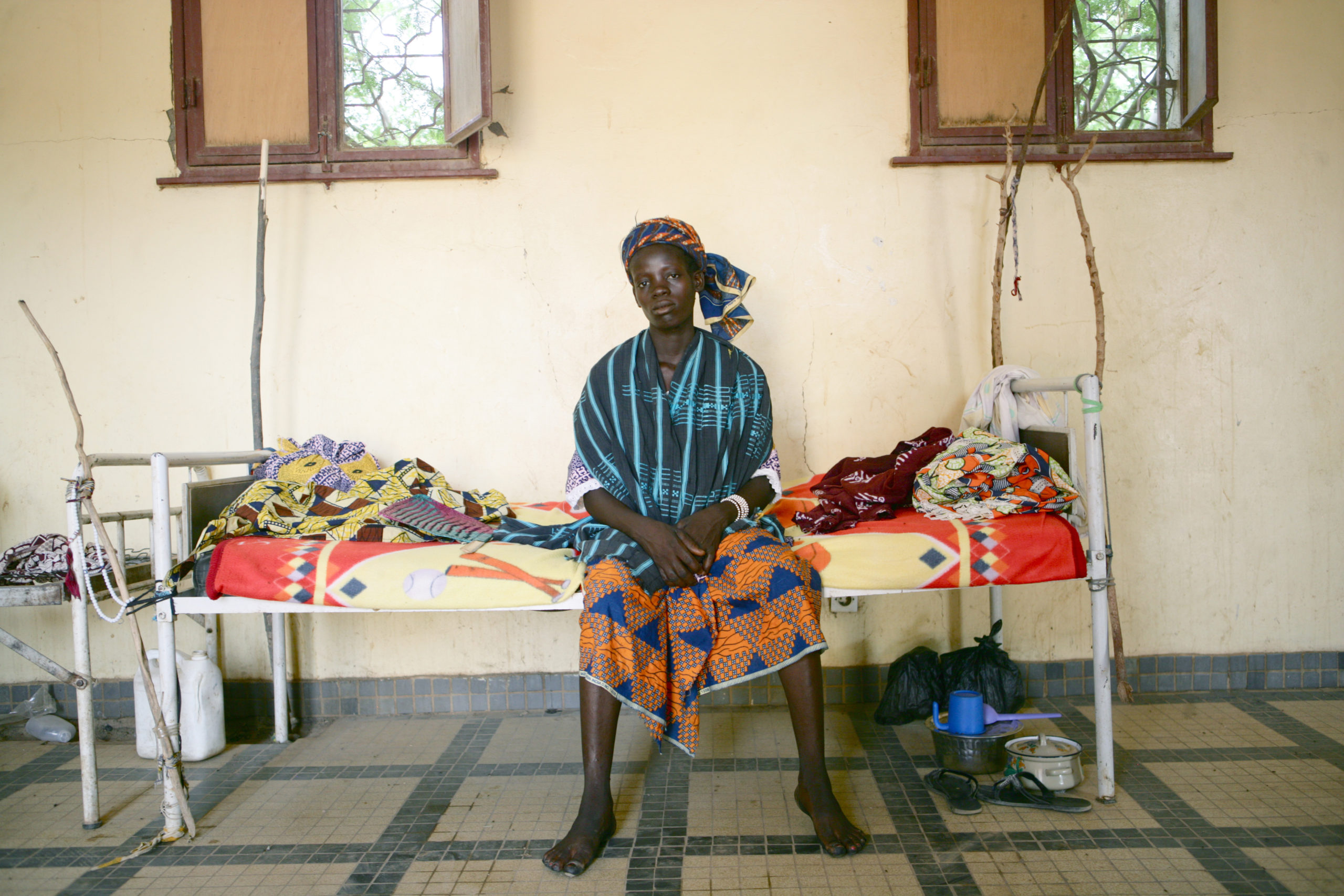
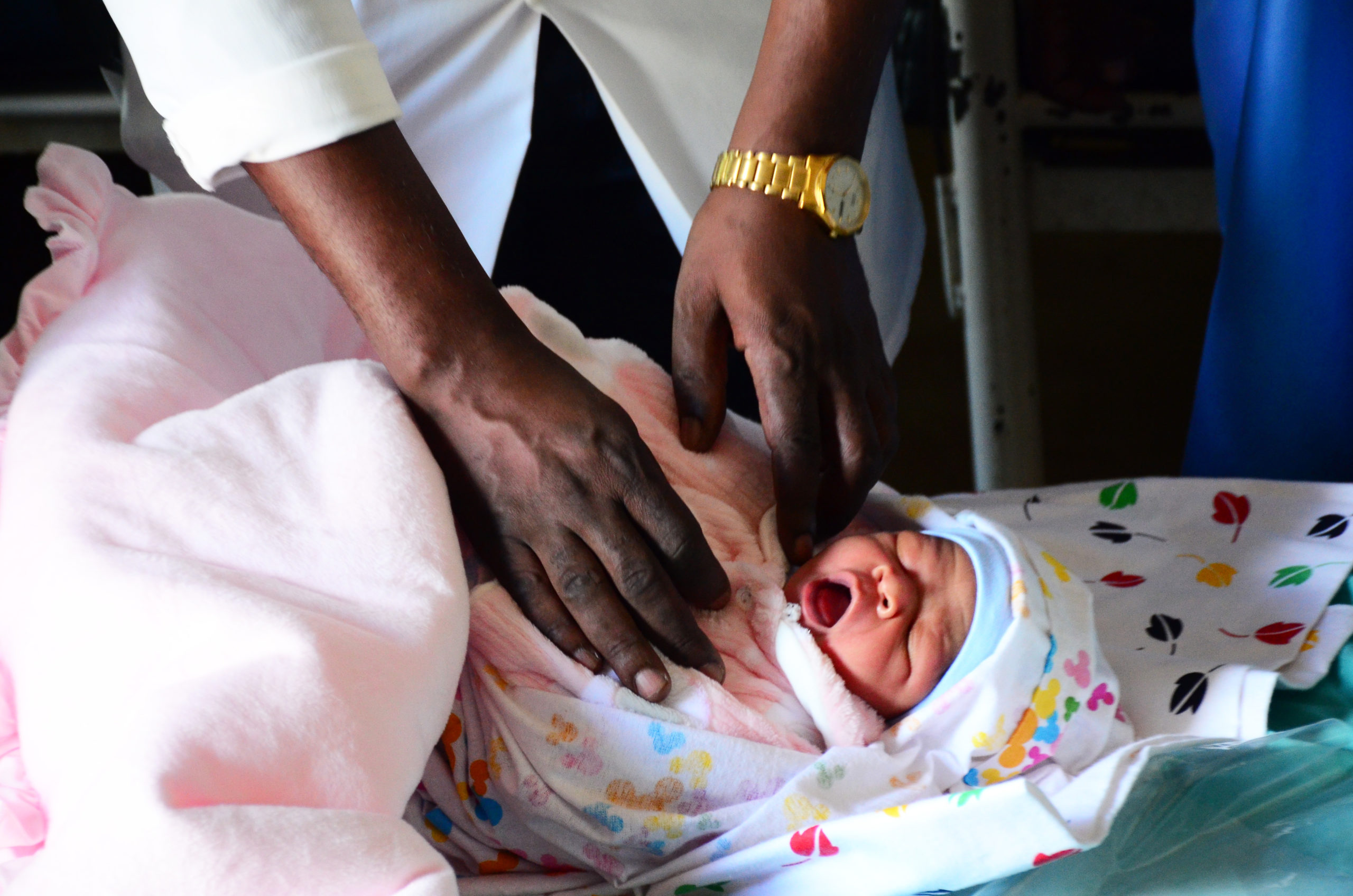
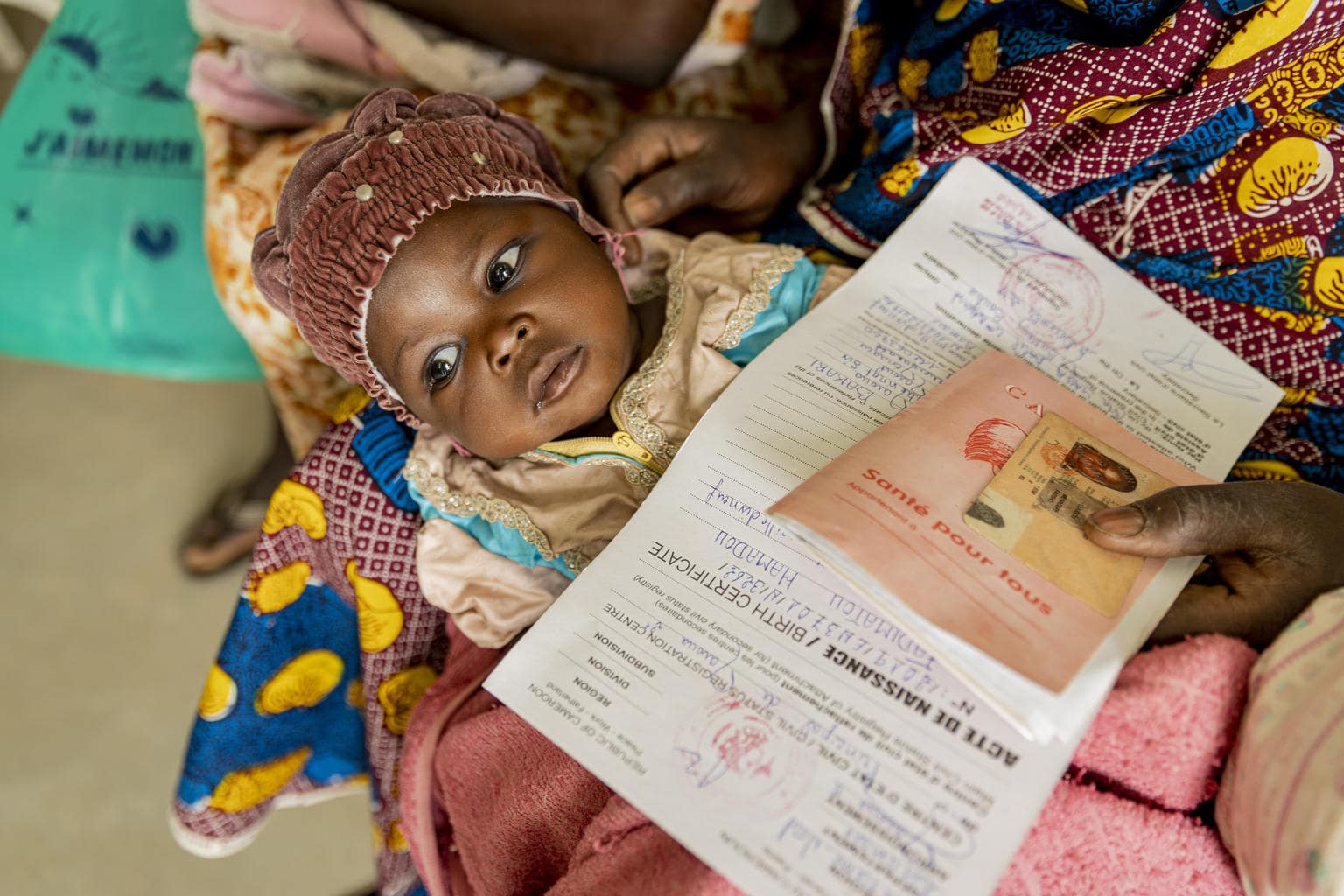
Notes on the Data
Definitions of indicators
Stillbirth: A stillbirth is a baby born with no signs of life after 28 weeks of completed gestation.
Stillbirth rate is defined as the number of babies born with no sign of life at 28 weeks or more of gestation, per 1,000 total births.
Data sources and methodology
In the interest of identifying global and national trends over time and making comparisons across countries, UN IGME and its CSEG (Core Stillbirth Estimation Group) use a model-based procedure to obtain nationally representative stillbirth rate (SBR) estimate for all UN countries. Input stillbirth data are obtained from four main sources: administrative systems (e.g. vital registration systems, birth or death registries), health management information systems, household surveys, and population studies. Given that stillbirth data is not readily recorded or available in all countries, it is necessary to include factors related to stillbirth as covariates (e.g. socio-economic factors, demographic and biomedical factors, perinatal outcome markers, and indicators of access to health care) in the stillbirth estimation model. Definitions used for stillbirth reporting can vary, and therefore the UN IGME uses a standard “28 weeks or more of completed gestation” for stillbirth definitions. Data recorded using common alternative definitions (e.g. definitions using birthweight, or 22 or 24 weeks of completed gestation) are adjusted to a 28-week definition prior to model fitting. Increased variation in estimated due to definitional adjustments is accounted for in the estimation model. To ensure high quality, representative data are used data quality is assessed prior to model fitting, and data not meeting pre-defined inclusion criteria are withheld from the model. To reconcile differences across data sources and better account for the systematic biases associated with the various types of data inputs, members of the Core Stillbirth Estimation Group (CSEG) of UN IGME have developed a new approach to estimate trends. A hierarchical Bayesian model with spline smooth is used to produce a stillbirth rate estimate for each country-year. A more detailed explanation is available in the explanatory notes (available in Arabic, English, French, Spanish and Russian).
More details on the data and methods used in deriving estimates are available in CME Info http://www.childmortality.org.